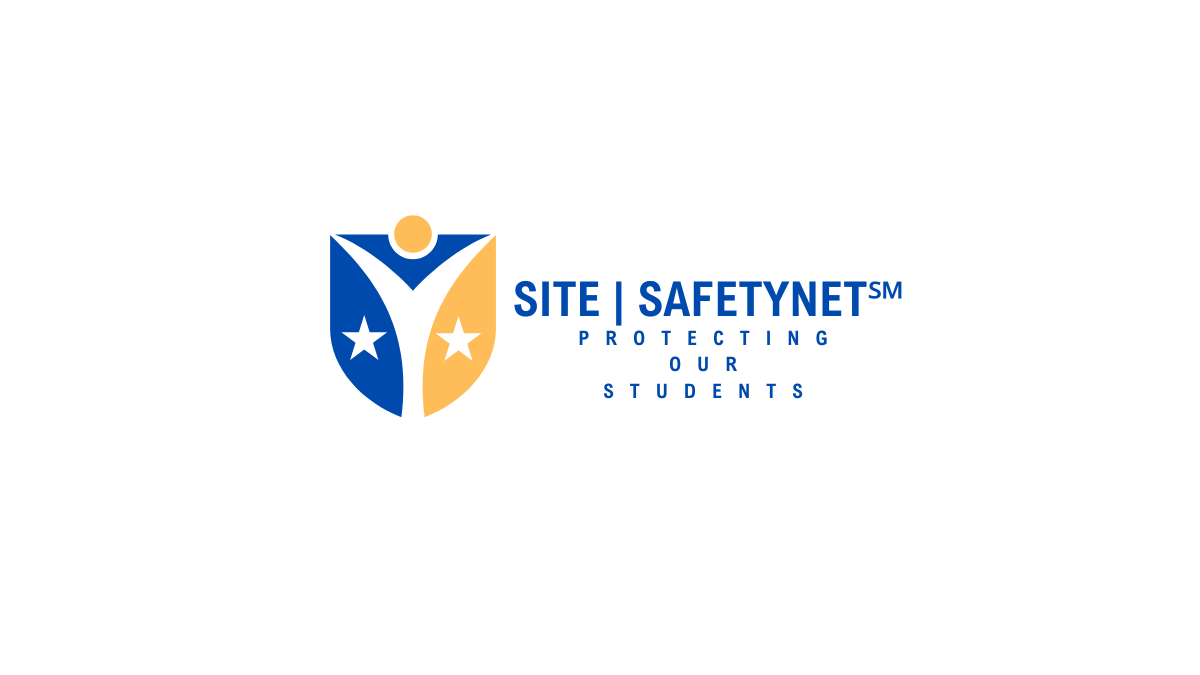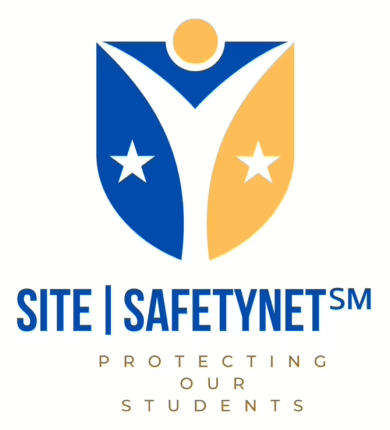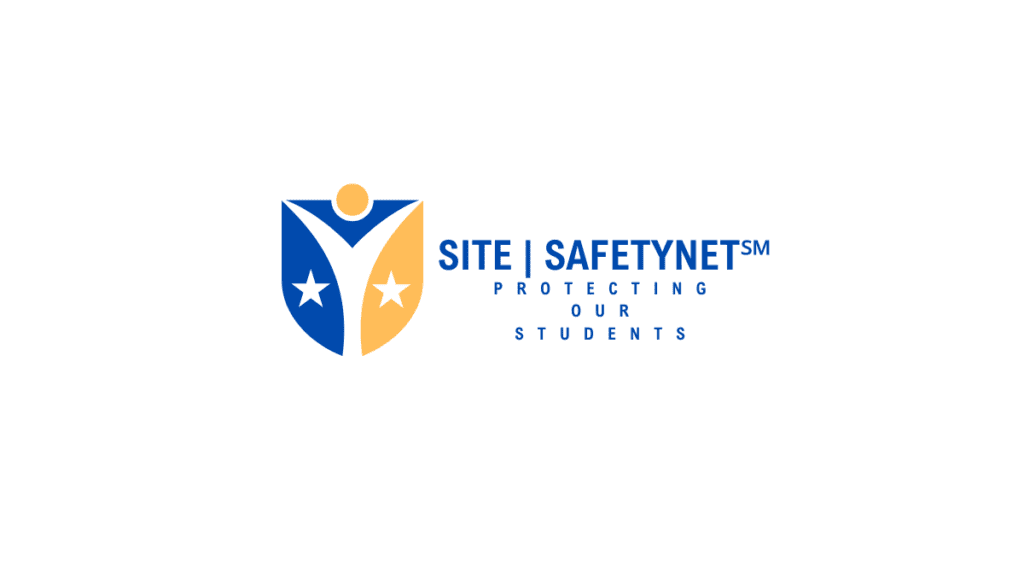 The Importance of School Safety Assessment Walkhroughts. School safety assessment walkthroughs are critical to ensuring that educational environments remain secure and conducive to learning. They play a vital role in identifying vulnerabilities, enhancing security protocols, and ensuring that schools comply with safety regulations.
The Importance of School Safety Assessment Walkhroughts. School safety assessment walkthroughs are critical to ensuring that educational environments remain secure and conducive to learning. They play a vital role in identifying vulnerabilities, enhancing security protocols, and ensuring that schools comply with safety regulations.
Purpose and Objectives
- Safety Evaluation: These walkthroughs assess a school’s physical security, emergency preparedness, and overall safety climate. They aim to uncover potential vulnerabilities, such as intruders, environmental hazards, or gaps in emergency response protocols.
- Preventive Measures: During the process, assessors recommend preventive actions to improve safety. This could include strengthening physical barriers, enhancing surveillance systems, or upgrading emergency communication tools to ensure a rapid response to potential threats.
- Compliance Check: Safety assessments often ensure schools meet local, state, and federal safety guidelines. These might include installing and maintaining specific safety equipment or implementing emergency protocols to safeguard students and staff.
The Process of School Safety Walkthroughs
- Planning: Before the assessment, planning sessions involve school staff, security personnel, and external safety experts. These discussions set the scope and schedule for the walkthrough, aligning priorities and identifying key focus areas.
- Walkthrough Execution: During the walkthrough, several critical areas are examined:
- Physical Inspection: Inspecting doors, windows, locks, access controls, lighting, and signage for emergency exits.
- Scenario Testing involves simulating potential threats (e.g., intrusions or lockdown procedures) to assess response times and protocol effectiveness.
- Documentation Review: Review policies, emergency plans, training records, and incident logs to evaluate preparedness and compliance with regulations.
- Feedback and Reporting: After the walkthrough, a detailed report is generated, highlighting risks, immediate corrective actions, and long-term recommendations to improve safety.
Critical Areas of Focus During Walkthroughs
- Physical Security: Assessors evaluate perimeter security, access control, surveillance systems, and physical barriers like fences and doors. The goal is to ensure these features function correctly to prevent unauthorized access.
- Emergency Response Preparedness: Schools are evaluated on how prepared they are to handle emergencies, including natural disasters, fires, and active shooter scenarios. This includes assessing the availability of safety equipment and the effectiveness of drills and staff training.
- Behavioral and Social Safety: Beyond physical security, assessors review programs aimed at reducing bullying, promoting mental health, and addressing social issues that could escalate into violence.
- Technological Safety: Cyber threats are increasingly relevant in today’s digital age. Walkthroughs often assess a school’s digital security infrastructure, including network protections, data privacy protocols, and cyberbullying prevention measures.
Implementation and Community Involvement
- Stakeholder Collaboration: School safety assessments are most effective when they involve vital stakeholders—teachers, students, parents, and local law enforcement. This collaboration ensures that safety measures are community-driven and supported.
- Ongoing Evaluation: Safety is not a one-time project. Continuous assessments should be conducted periodically, especially after significant school infrastructure or population changes.
- Training and Awareness: Walkthroughs often reveal areas for improvement in staff and student training. Safety protocols must be communicated and practiced regularly to ensure preparedness.
Recent Trends in School Safety
- Integration of Technology: Schools increasingly integrate advanced technologies for real-time safety monitoring. AI-based surveillance systems and panic alarm apps, such as those provided by 911Cellular, are becoming standard tools in maintaining school security.
- Mental Health Considerations: Mental health is now recognized as an integral component of school safety. Addressing psychological well-being through support programs is crucial for fostering a safe environment, and recent discussions on platforms like X highlight the push toward this integration.
- Cybersecurity Focus: As schools become more reliant on technology, cybersecurity assessments are becoming a common feature. Protecting the digital environment, alongside the physical one, is essential in modern safety protocols.
- Public Engagement: Transparency and public involvement are growing priorities in school safety. In some cases, the findings of safety assessments are shared openly with the community, fostering trust and accountability.
Conclusion
SITE|SAFETYNET℠ school safety walkthroughs are a holistic approach to safeguarding educational environments. These assessments provide physical security evaluations and ensure mental health support, technological integration, and community engagement. As safety concerns evolve, continuous improvement in these areas remains crucial for creating secure, welcoming, and supportive spaces for students and staff.

